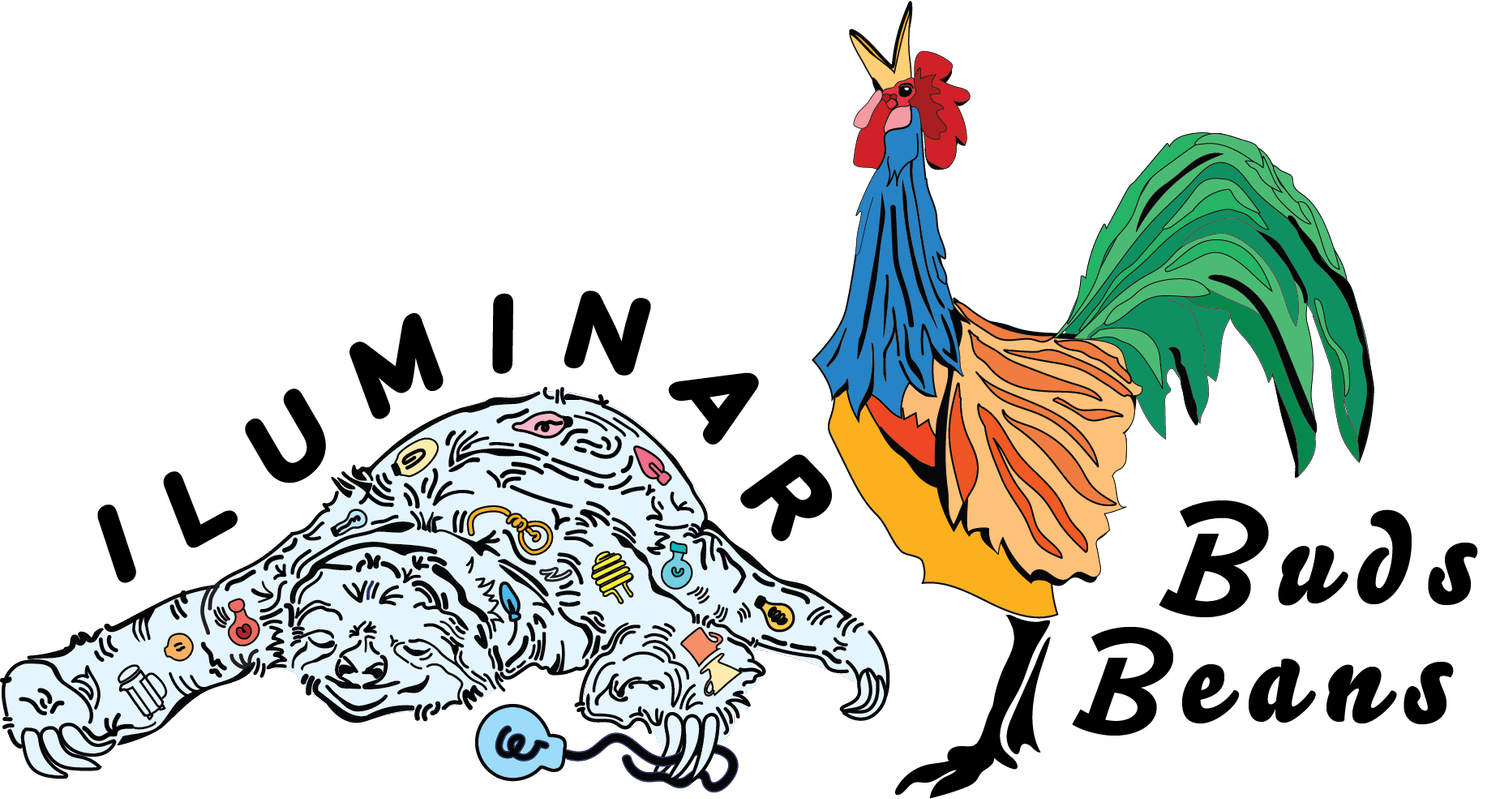Dialing in the Perfect Cup: A Guide to Coffee Extraction
When it comes to brewing the perfect cup of coffee, dialing in the right extraction is key. But what exactly does that mean? In simple terms, extraction refers to the process of pulling the flavors and aromas from the coffee beans and into your cup. And just like with any recipe, getting the right balance of ingredients is crucial.
The first step in dialing in your extraction is to start with high-quality, freshly roasted beans. The flavors and aromas of coffee begin to degrade as soon as the beans are roasted, so the fresher the beans, the better the final product will be.
Next, you'll need to pay attention to your grind size. The grind size determines how much surface area of the bean is exposed to the water, and therefore how quickly the flavors and aromas are extracted. A fine grind will result in a faster extraction, while a coarse grind will be slower. The right grind size will depend on the brewing method you're using.
Once you've got your grind size dialed in, it's time to focus on the water temperature. The ideal temperature for coffee extraction is between 195-205 degrees Fahrenheit. If the water is too hot, it can burn the coffee and create a bitter taste, while water that's too cool will result in a weak and under-extracted brew.
Another important factor to consider is the coffee-to-water ratio. A general rule of thumb is to use 1-2 tablespoons of coffee for every 6 ounces of water, but this will vary depending on personal taste and the strength of the beans.
Finally, pay attention to the brew time. This is the amount of time the water is in contact with the coffee grounds. A shorter brew time will result in a less extracted cup, while a longer brew time will extract more flavor.
By paying attention to these key factors, you can dial in the perfect extraction and brew a delicious cup of coffee every time. Remember, it's a process and it may take a few tries to get it right. Keep track of what you did and tasted, and adjust accordingly. Happy brewing!
Troubleshooting Tips
Here are some troubleshooting tips to help you dial in the perfect cup of coffee:
If your coffee tastes weak or under-extracted, try using a finer grind or increasing the coffee-to-water ratio.
If your coffee tastes bitter or over-extracted, try using a coarser grind or decreasing the coffee-to-water ratio.
If your water temperature is too low, your coffee will taste weak and under-extracted. Make sure to preheat your water and use a thermometer to check the temperature.
If your coffee tastes sour, it may be over-extracted. Try decreasing the brew time or using a coarser grind.
If your coffee tastes grassy or vegetal, it may be under-roasted or stale. Make sure you're using fresh, high-quality beans.
If your coffee is too weak or too strong, adjust your coffee-to-water ratio.
If you are using a pour-over method make sure you are using the right filter.
If you are using a French press make sure you are using the right amount of coffee and that you press the coffee grounds after brewing.
If you are using an espresso machine, make sure you are using the right grind size and that your machine is properly calibrated.
Remember, dialing in the perfect cup of coffee is a process and it may take a few tries to get it right. Keep track of what you did and tasted, and adjust accordingly. Happy brewing!
